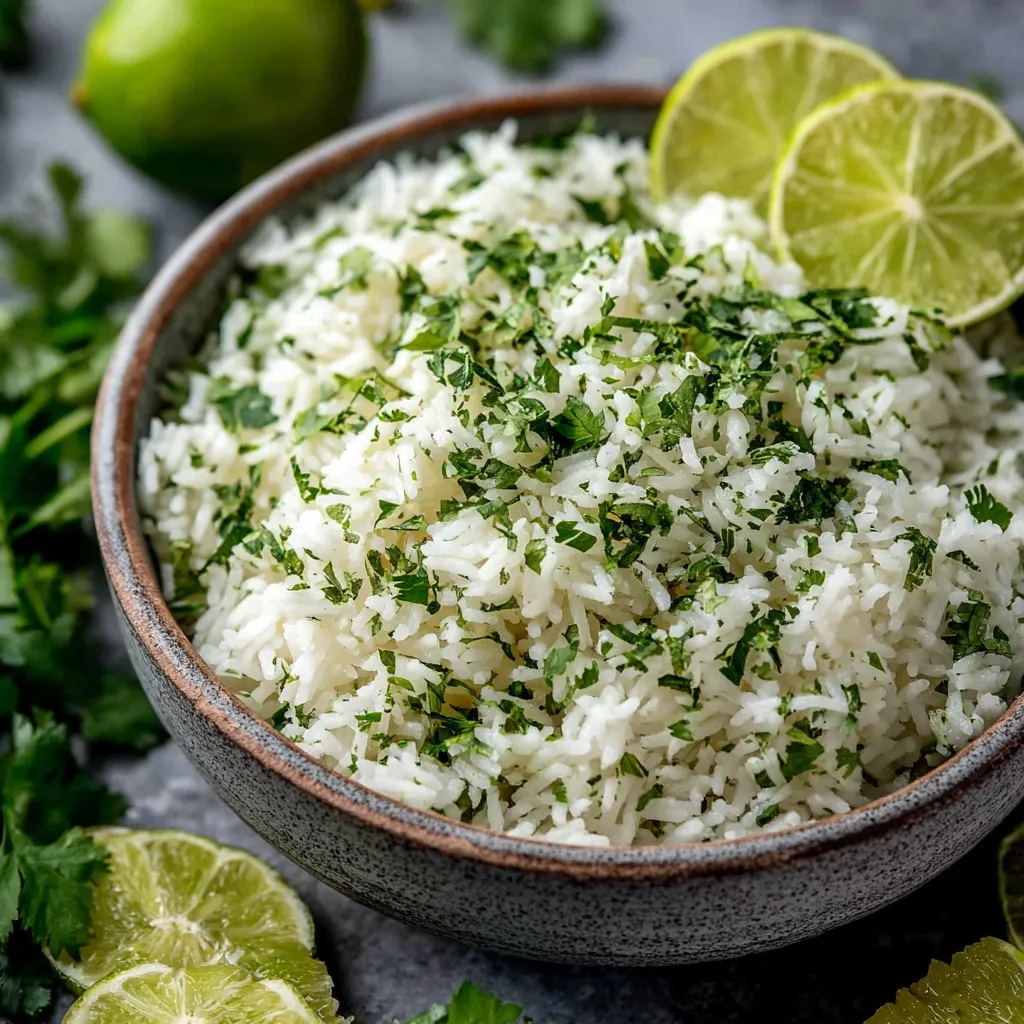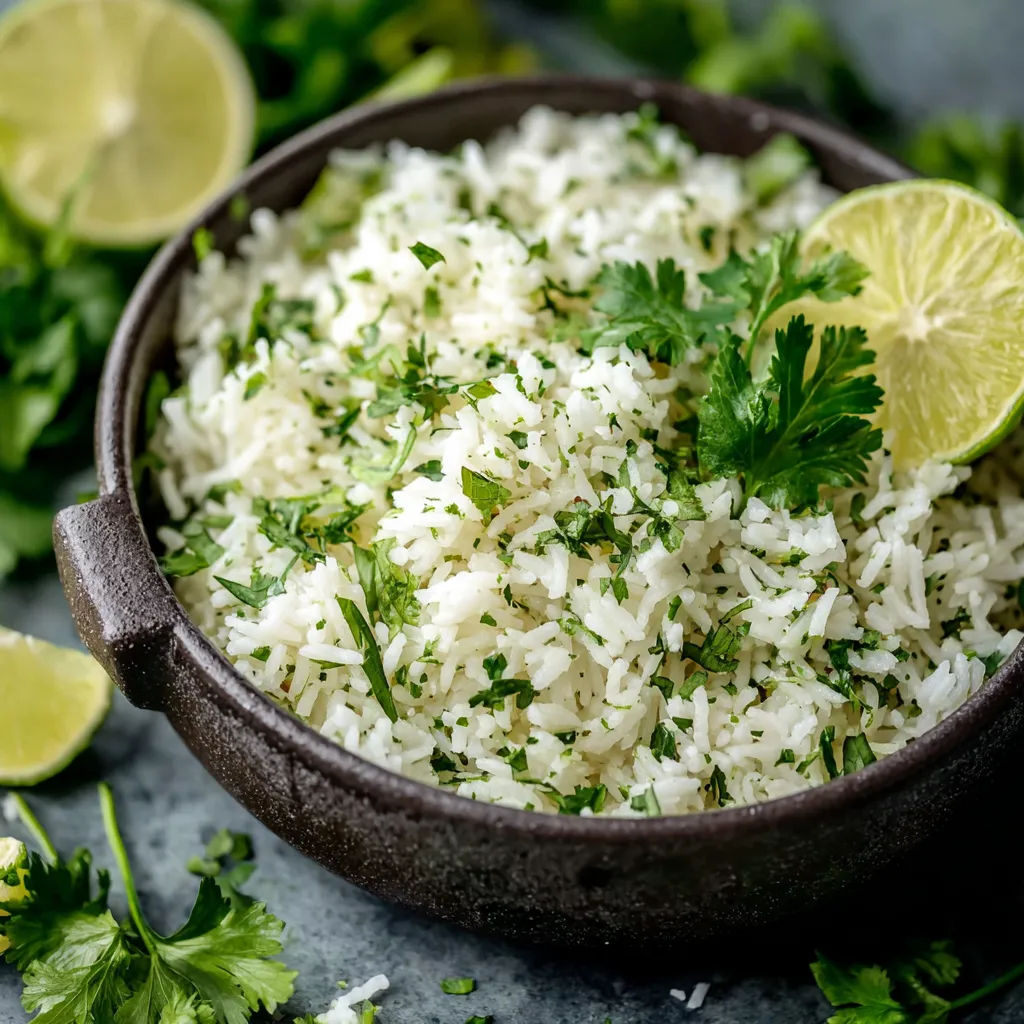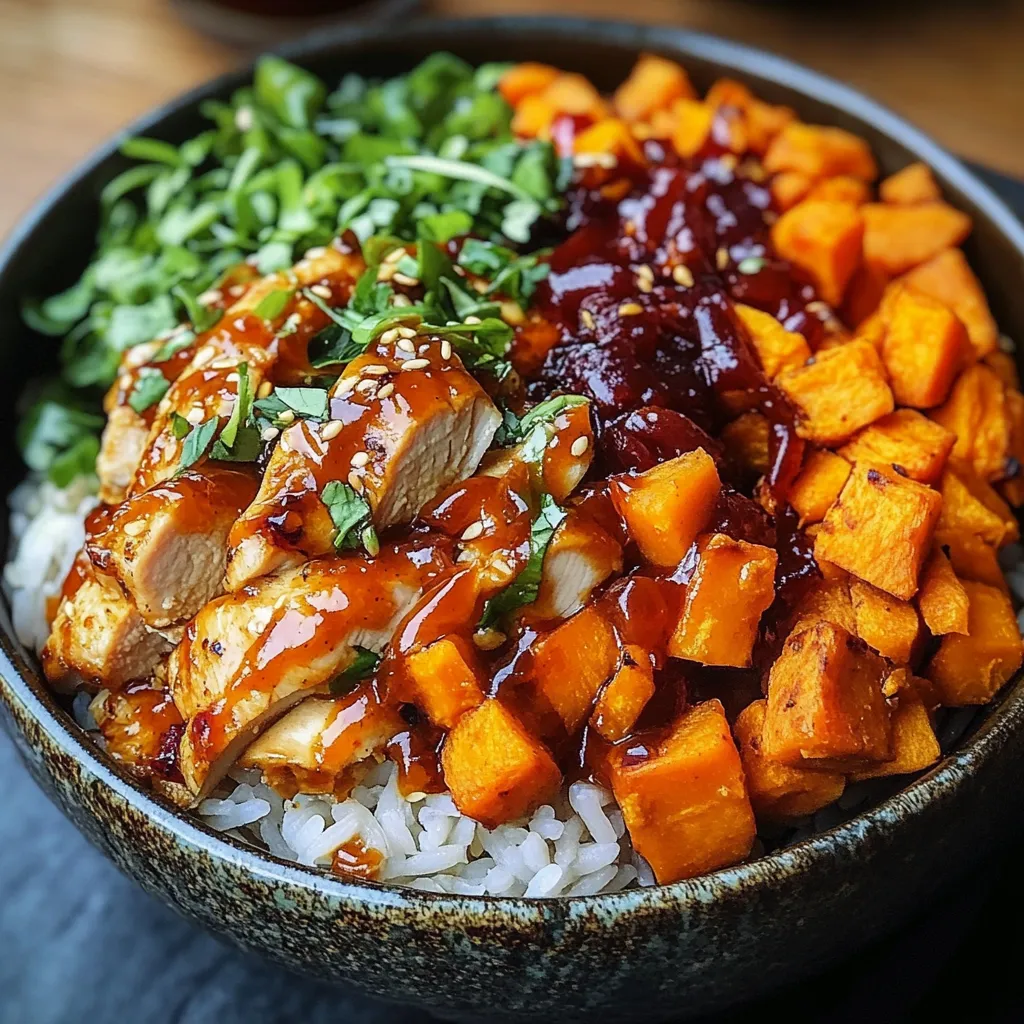Decoding the Delight: The Science Behind Perfect Rice
 At its core, making great rice is about controlling starch gelatinization and water absorption. Rice grains are primarily composed of starch granules held together by proteins. When heated in water, these granules absorb water and swell, causing the rice to soften and become edible. The type of rice significantly impacts this process. Long-grain rice, like basmati or jasmine, contains more amylose, a type of starch that contributes to its fluffiness and distinct grain separation. Shorter-grain rice, such as sushi rice, has more amylopectin, leading to a stickier texture.
For Cilantro Lime Rice, long-grain rice is generally preferred for its lighter texture and ability to absorb the bright flavors without becoming mushy. The acidity of the lime juice also plays a crucial role. Acid can inhibit starch gelatinization to some extent, so balancing the lime juice with the cooking liquid is essential. Furthermore, the cilantro’s volatile oils are sensitive to heat, so adding it at the end preserves its fresh, vibrant flavor.
At its core, making great rice is about controlling starch gelatinization and water absorption. Rice grains are primarily composed of starch granules held together by proteins. When heated in water, these granules absorb water and swell, causing the rice to soften and become edible. The type of rice significantly impacts this process. Long-grain rice, like basmati or jasmine, contains more amylose, a type of starch that contributes to its fluffiness and distinct grain separation. Shorter-grain rice, such as sushi rice, has more amylopectin, leading to a stickier texture.
For Cilantro Lime Rice, long-grain rice is generally preferred for its lighter texture and ability to absorb the bright flavors without becoming mushy. The acidity of the lime juice also plays a crucial role. Acid can inhibit starch gelatinization to some extent, so balancing the lime juice with the cooking liquid is essential. Furthermore, the cilantro’s volatile oils are sensitive to heat, so adding it at the end preserves its fresh, vibrant flavor.
The Blueprint: My Go-To Cilantro Lime Rice Recipe
This recipe reflects countless iterations and adjustments. It delivers consistently perfect results.Ingredients:
- 1 cup long-grain rice (basmati or jasmine)
- 1 3/4 cups water
- 1 tablespoon olive oil
- 1/2 teaspoon salt
- Juice of 2 limes
- 1/4 cup chopped fresh cilantro
Instructions:
- Rinse the Rice: Place the rice in a fine-mesh sieve and rinse under cold water until the water runs clear. This removes excess starch and prevents stickiness.
- Toast the Rice: In a medium saucepan, heat the olive oil over medium heat. Add the rinsed rice and toast for 2-3 minutes, stirring constantly, until the rice is fragrant and slightly translucent. This step enhances the nutty flavor of the rice.
- Simmer: Add the water and salt to the saucepan. Bring to a boil, then reduce heat to low, cover tightly, and simmer for 15 minutes. Do not lift the lid during this time.
- Steam: After 15 minutes, remove the saucepan from the heat and let it sit, covered, for 10 minutes. This allows the rice to fully steam and finish cooking.
- Fluff and Finish: Remove the lid and fluff the rice with a fork. Gently stir in the lime juice and chopped cilantro. Taste and adjust seasoning as needed.
- Serve: Serve immediately and enjoy! This Cilantro Lime Rice pairs perfectly with Cilantro Lime Steak Bowls.
Through the Looking Glass: My Cilantro Lime Rice Investigation
My journey to perfecting Cilantro Lime Rice was filled with more soggy and sour mishaps than I care to admit. My first few attempts were a disaster, resulting in either undercooked, crunchy rice or a mushy, flavorless mess. Then, I had an “Aha!” moment when I realized the importance of precise water ratios and the impact of acid on the cooking process.The Great Rice Experiment
Like many of you, I initially thought any rice would work. I was wrong. I started with short-grain rice, expecting a slightly stickier result. Instead, I got a gummy, clumpy disaster that tasted overwhelmingly of lime. The grains were so stuck together that the cilantro had no chance of distributing evenly. Switching to long-grain rice, specifically basmati, was a game-changer. The individual grains remained separate and fluffy, creating a much more pleasant texture. This also makes a fantastic side for dishes like Salsa Verde Chicken & Rice Skillet, providing a refreshing counterpoint to the richer flavors.The Lime Conundrum
My next hurdle was the lime juice. At first, I added it at the beginning, thinking it would infuse the rice with flavor throughout the cooking process. Big mistake! The rice took significantly longer to cook, and the final result was slightly undercooked with a harsh, acidic bite. Adding the lime juice *after* cooking proved to be the solution. It preserved the bright, fresh flavor of the lime without interfering with the rice’s cooking time. The rice also retained a better texture. I also learned that the amount of lime juice is crucial. Too little, and the rice lacks that signature zing; too much, and it becomes overpowering. Finding the right balance was key.Cilantro Considerations
And then there’s the cilantro. Some people love it; some people hate it. I happen to love it, but I learned that even for cilantro lovers, the timing of its addition matters. Cooking the cilantro with the rice resulted in a muted, almost grassy flavor. Stirring it in at the end, along with the lime juice, preserved its fresh, vibrant notes. Also, be sure to chop the cilantro just before adding it to the rice, as bruising it will release bitter compounds.The Definitive Method: Foolproof Cilantro Lime Rice
After countless experiments and taste tests, I’ve distilled the process into a simple, foolproof method:- Rinse the Rice: Always rinse your rice under cold water to remove excess starch.
- Toast the Rice: Toasting enhances the flavor and helps prevent stickiness.
- Precise Water Ratio: Use a 1:1.75 rice-to-water ratio for perfectly cooked rice (adjust slightly based on your stove).
- Low and Slow: Simmer the rice over low heat, covered, for the specified time. Avoid lifting the lid.
- Steam Power: Allow the rice to steam, covered, off the heat for 10 minutes to finish cooking.
- Finishing Touches: Fluff the rice with a fork and gently stir in the lime juice and fresh cilantro. And if you’re looking for something different, try serving the finished rice alongside Cajun Honey Garlic Sausage & Rice for a unique twist.
Why is long-grain rice preferred for Cilantro Lime Rice?
Long-grain rice, like basmati or jasmine, is preferred because it has a lighter texture and doesn’t become mushy, allowing it to absorb the bright flavors without becoming sticky. Its higher amylose content contributes to its fluffiness and distinct grain separation.
Why is it important to rinse the rice before cooking?
Rinsing the rice under cold water removes excess starch. This helps prevent the rice from becoming sticky during cooking.
When should I add the lime juice and cilantro to the rice?
The lime juice and cilantro should be added after the rice is cooked and fluffed. This preserves the fresh, vibrant flavor of both ingredients. Adding lime juice earlier can interfere with the cooking process and result in a harsh, acidic taste.
What does toasting the rice do for the overall dish?
Toasting the rice in olive oil before adding water enhances its nutty flavor and helps prevent stickiness.

Best Cilantro Lime Rice
Ingredients
Equipment
Method
- Rinse the rice in a fine-mesh sieve under cold water until the water runs clear.
- In a medium saucepan, heat the olive oil over medium heat.
- Add the rinsed rice and toast for 2-3 minutes, stirring constantly, until the rice is fragrant and slightly translucent.
- Add the water and salt to the saucepan. Bring to a boil, then reduce heat to low, cover tightly, and simmer for 15 minutes. Do not lift the lid during this time.
- After 15 minutes, remove the saucepan from the heat and let it sit, covered, for 10 minutes.
- Remove the lid and fluff the rice with a fork.
- Gently stir in the lime juice and chopped cilantro.
- Taste and adjust seasoning as needed.
- Serve immediately and enjoy!




